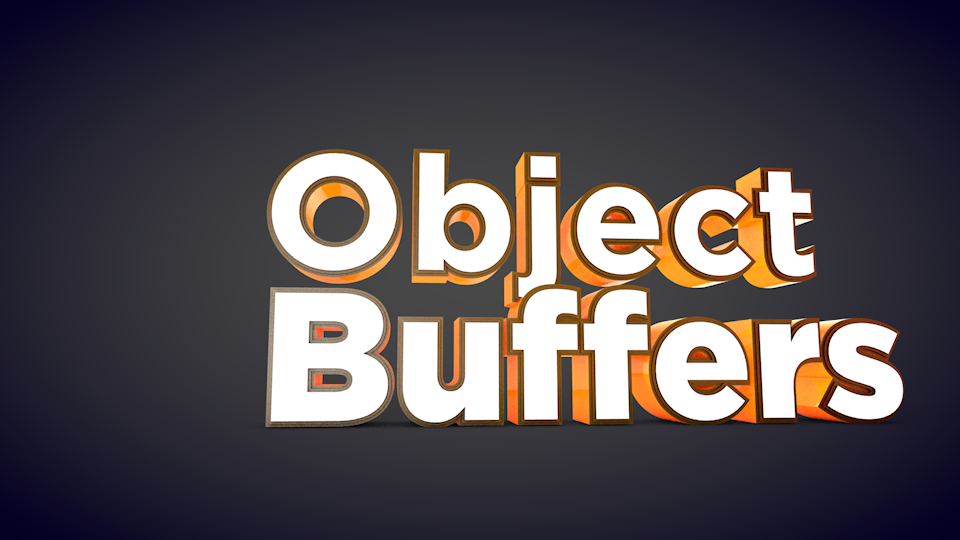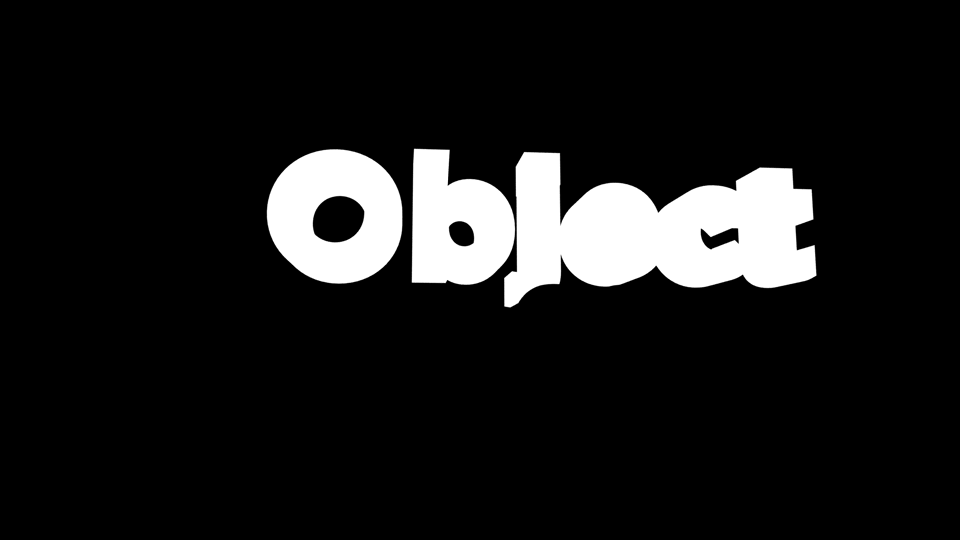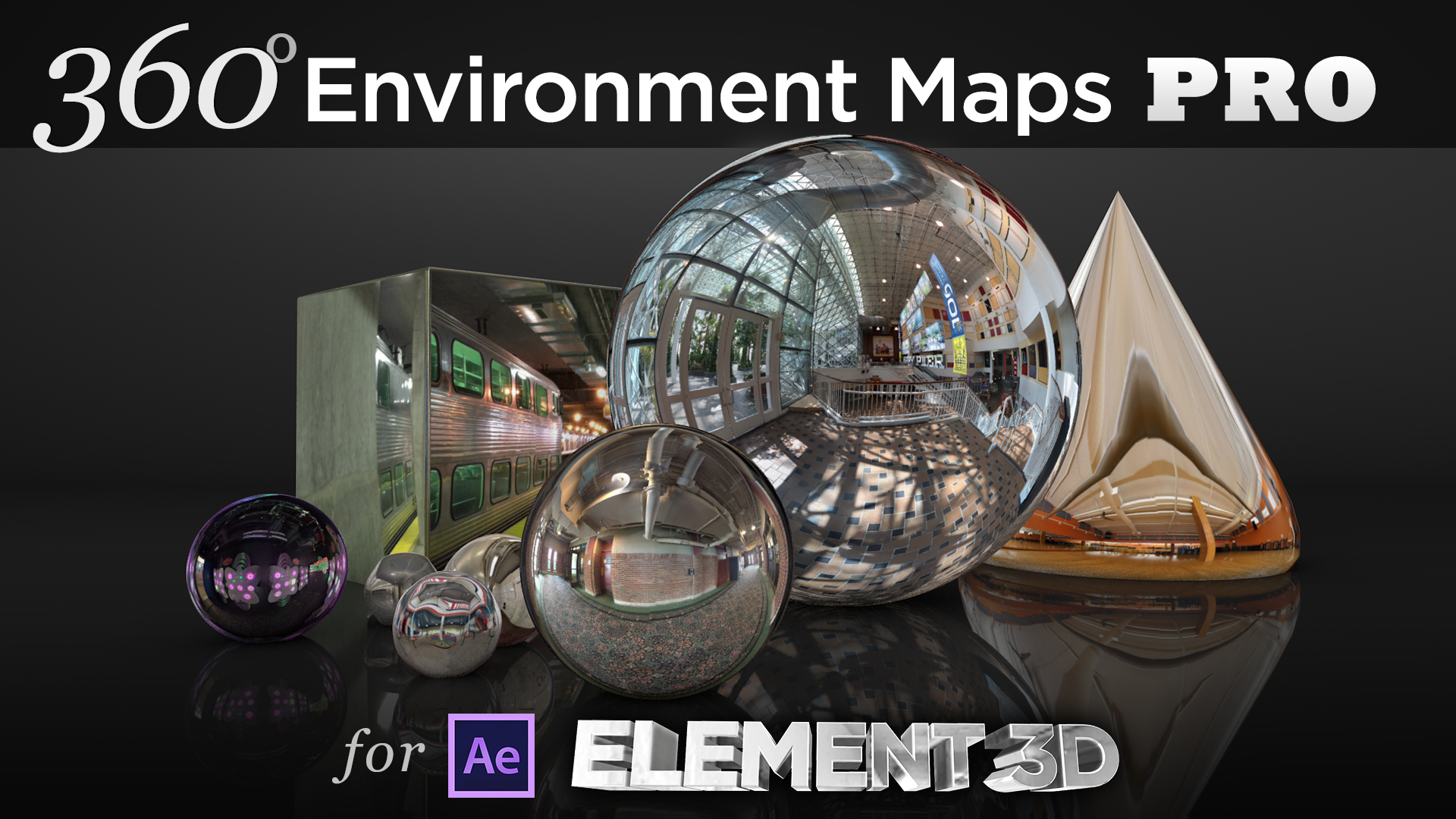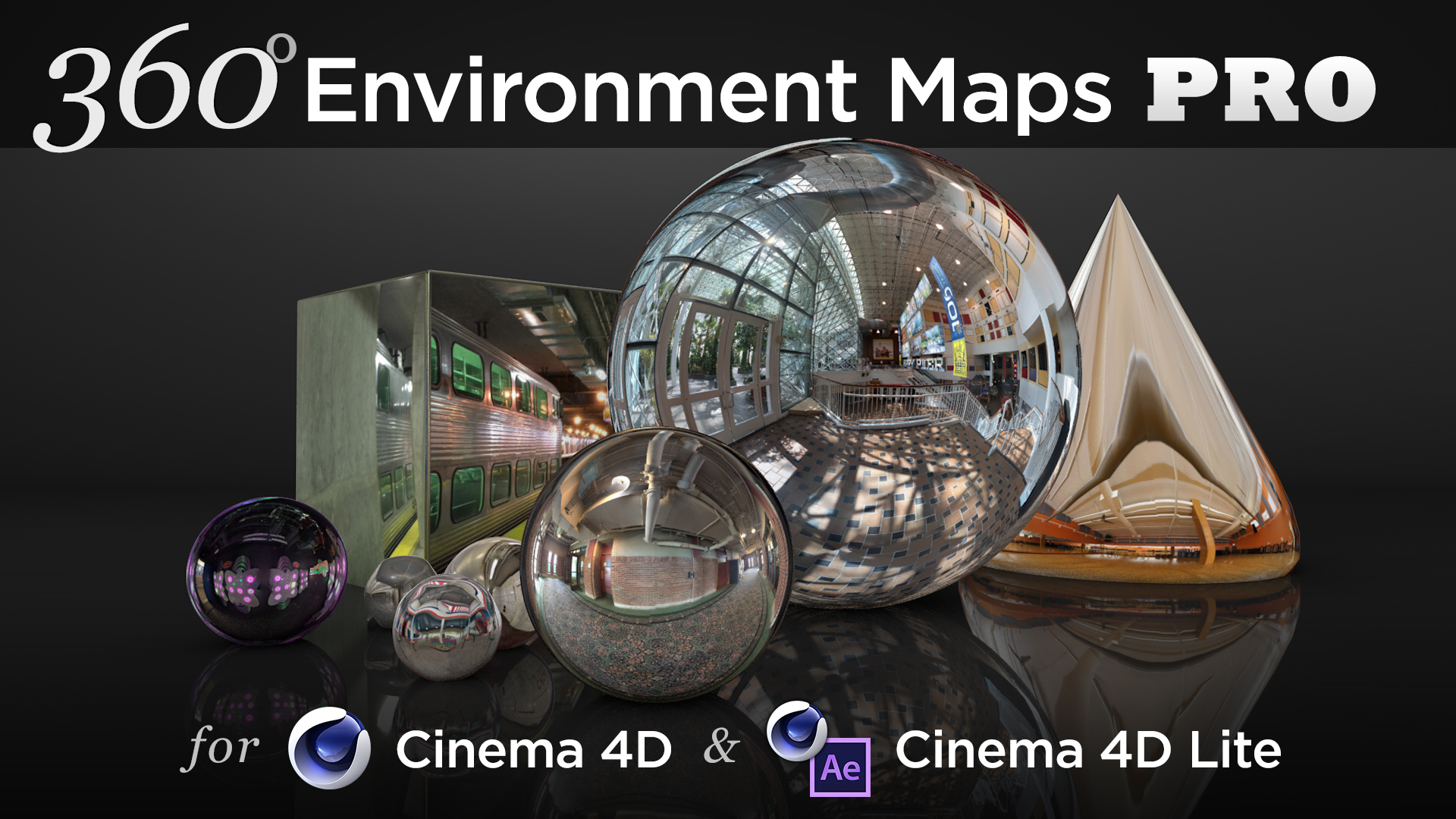When doing full 3D compositing with Cinema 4D, one of the trickiest things to achieve is casting shadows from 3D objects onto a background plate, in order to create the illusion that 3D objects are sitting on the surface and casting correct shadows. In the past, I've created other videos on how to achieve this, including using a Multi-Pass workflow with a separate pass for shadows, as well as Using the Composite Background in the Compositing Tag to achieve this result. The new Shadow Catcher in Cinema 4D R18 introduces another workflow to achieve this result.
The shadow catcher in C4D R18 is a new shader option in the materials manager. Once created, you can apply it to a ground plane, so when you render a 3D scene, shadows will be rendered on an alpha channel. You can also use the R18 Shadow Catcher to catch reflections. By using this method, 3D renders and footage can be composited together in Photoshop or After Effects, with shadows present in the Cinema 4D render.
Want to make Lighting & Reflections in Cinema 4D a snap?
Take a look at 360° Environment Maps Pro for Cinema 4D & Cinema 4D Lite to quickly and easily add lighting and rendering options to your scene. You can also save over 25% on bundle packs!
To take a deeper look at new features in Cinema 4D R18, be sure to check out some of these additional articles focusing on other updates and new features for R18:
• Top 5 New Features of R18
• MoGraph updates and new Effectors for R18
• Voronoi Fracture, a New MoGraph Feature
• Inverted Ambient Occlusion
• Working with the new Thinfilm Shader
• How to use the new Parallax Bump Map Feature
• Using the Substance Materials Workflow
Like this tutorial? Consider becoming a Patron at Patreon.com/SeanFrangella to get additional benefits such as project files and more!
To get weekly Motion Graphics, VFX, and 3D animation tutorials be sure to subscribe to the show on YouTube!
Looking for more Cinema 4D & 3D Tutorials?
Learn about the Top 5 new features of Cinema 4D R17!
Check out new features added to Cinema 4D R16!
Check out the Top 5 Tips for Better Camera Animation in After Effects!
Learn how to Recreate the Agengers: Age of Ultron 3D Title Animation!
See the Top 5 Features of Element 3D V2 for After Effects!
Learn about the new 3D Character Creator app, Adobe Fuse!
Learn the Top 5 After Effects Expressions!
See how to Combine Element 3D with the new Saber Plug-in!
Learn about the Top 5 Hidden Features of Illustrator CC!
See how to bring Animated 3D Characters into Element 3D!










